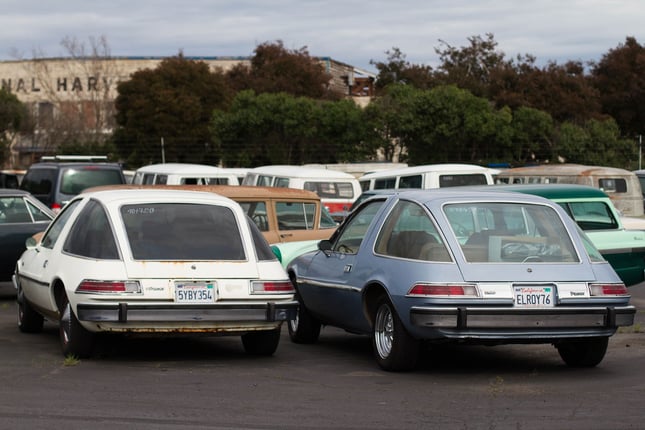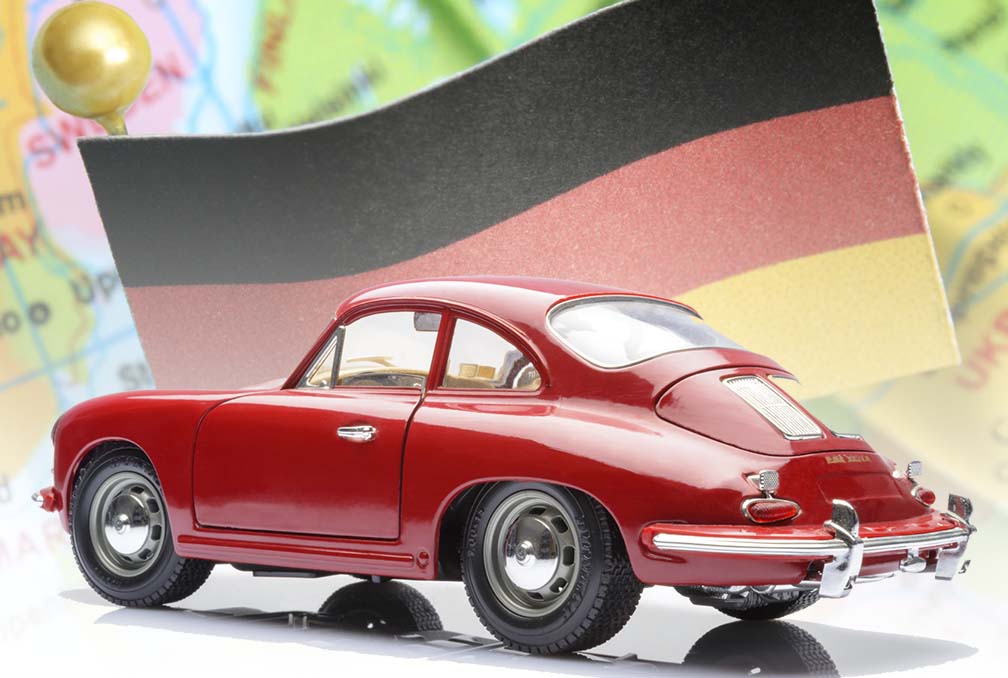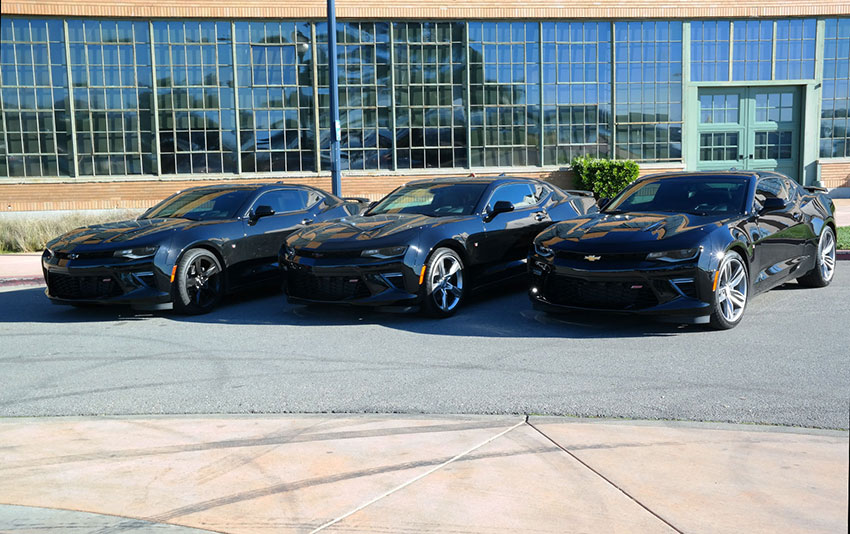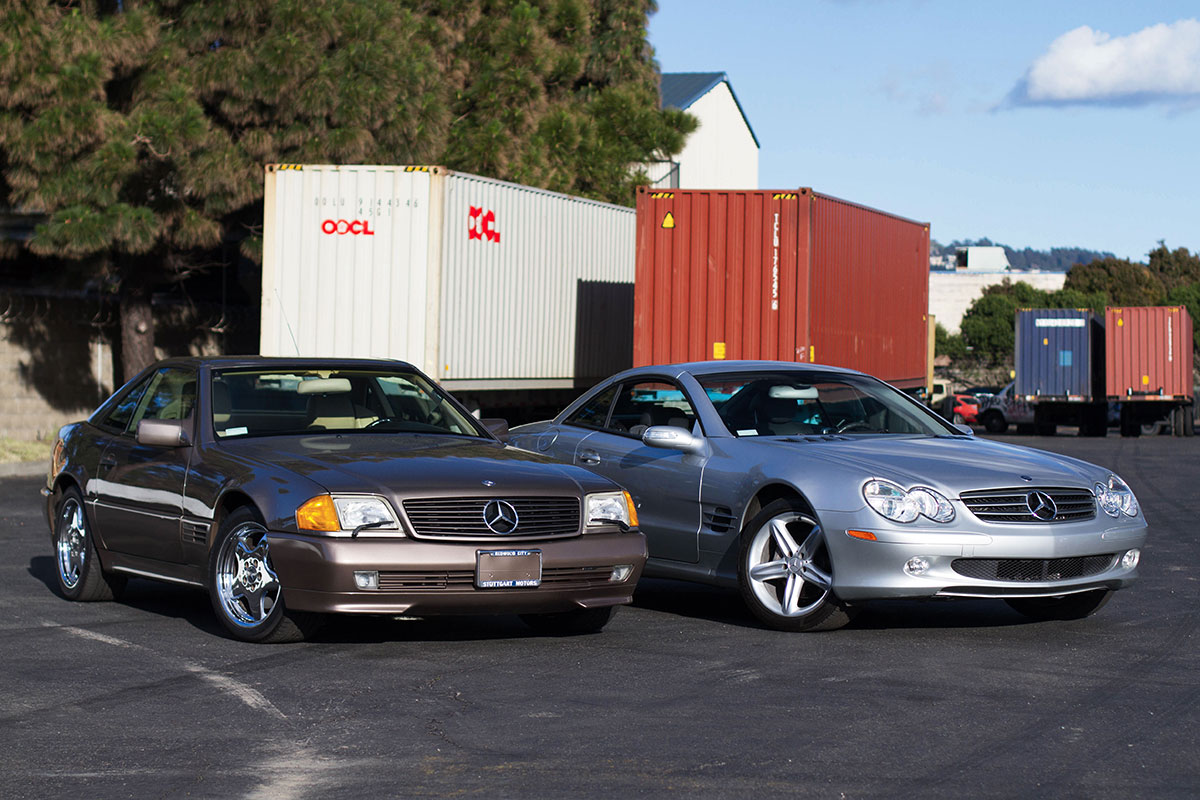70's Collectible Cars: The AMC Pacer
 These two Pacers are being shipped to Germany.
These two Pacers are being shipped to Germany.
The 1970's was a forward thinking period in car design. Designers rushed to make futuristic looking vehicles which awed the public. We would see the release of the Lancia Stratos and the Lamborghini Miura - two vehicles which many consider to be the most beautiful cars ever created. But it wasn't just sports car designers who were pushing the boundaries of car design, the urban compact needed a futuristic look as well.
This was a period in time when experts were warning of growing gas prices and GM was still producing oversized gas guzzlers. In creating the Pacer, AMC wanted to once again attract car buyers to smaller, more economic cars. Dubbed the "Flying Fishbowl" by Car and Driver magazine, it was built from the ground up to be comfortable for four in an urban environment. With large panes of glass surrounding the passengers and a wide stance, driving a Pacer proved to be a unique experience. Even AMC's marketing tagline reflected it; "you only ride like a Pacer if you're wide like a Pacer."
The AMC Pacer is considered a collectible car for several reasons:
-
Unique Design: The Pacer stands out for its unconventional and distinctive design, with its wide and rounded body shape, large glass areas, and compact dimensions. Its unique appearance makes it easily recognizable and memorable, which appeals to collectors looking for something different.
-
Pop Culture Status: The Pacer gained further recognition and a cult following due to its appearances in popular culture, most notably in the 1992 movie "Wayne's World." The film's portrayal of the Pacer helped create a nostalgic appeal and renewed interest in the car among collectors.
-
Limited Production: Although the Pacer was produced for several years (from 1975 to 1980), its production numbers were relatively low compared to other mass-produced cars of the era. Limited production can enhance a car's collectibility by increasing its rarity and desirability among collectors.
-
Historical Significance: The Pacer holds historical significance as one of the first American compact cars introduced during the 1970s fuel crisis. Its innovative design aimed to offer spaciousness and fuel efficiency, reflecting the era's changing automotive landscape. Collectors often value cars that represent significant moments in automotive history.
-
Quirkiness and Nostalgia: The Pacer's unconventional design and association with the 1970s evoke a sense of nostalgia for a particular period in automotive and cultural history. The car's quirks and idiosyncrasies, such as its wide doors and bubble-like windows, add to its charm and appeal for collectors seeking unique and nostalgic vehicles.
-
AMC Brand Legacy: The Pacer carries the legacy of the American Motors Corporation (AMC), an automaker that ceased to exist after being acquired by Chrysler in 1987. AMC cars, including the Pacer, have a dedicated following among collectors who appreciate the brand's independent and innovative spirit.
-
Restomod and Customization Potential: Some collectors are drawn to the Pacer due to its potential for restomodding or customization. The unique design allows for creative modifications, transforming the car into a personalized and eye-catching showpiece.
Over it's relatively short lifetime (1975-1979), over 280,000 Pacers were built. High production numbers meant Pacer values never really grew. Examples in good condition can be purchased today for just under $5,000. Today the AMC Pacer remains a unique collectible car from the 70s.
You May Also Like
These Related Stories

Preparing to Ship Cars Overseas to Germany

Camaro Exports from the USA

-093789-edited.png?width=220&height=79&name=wcs_final_logo_(1)-093789-edited.png)